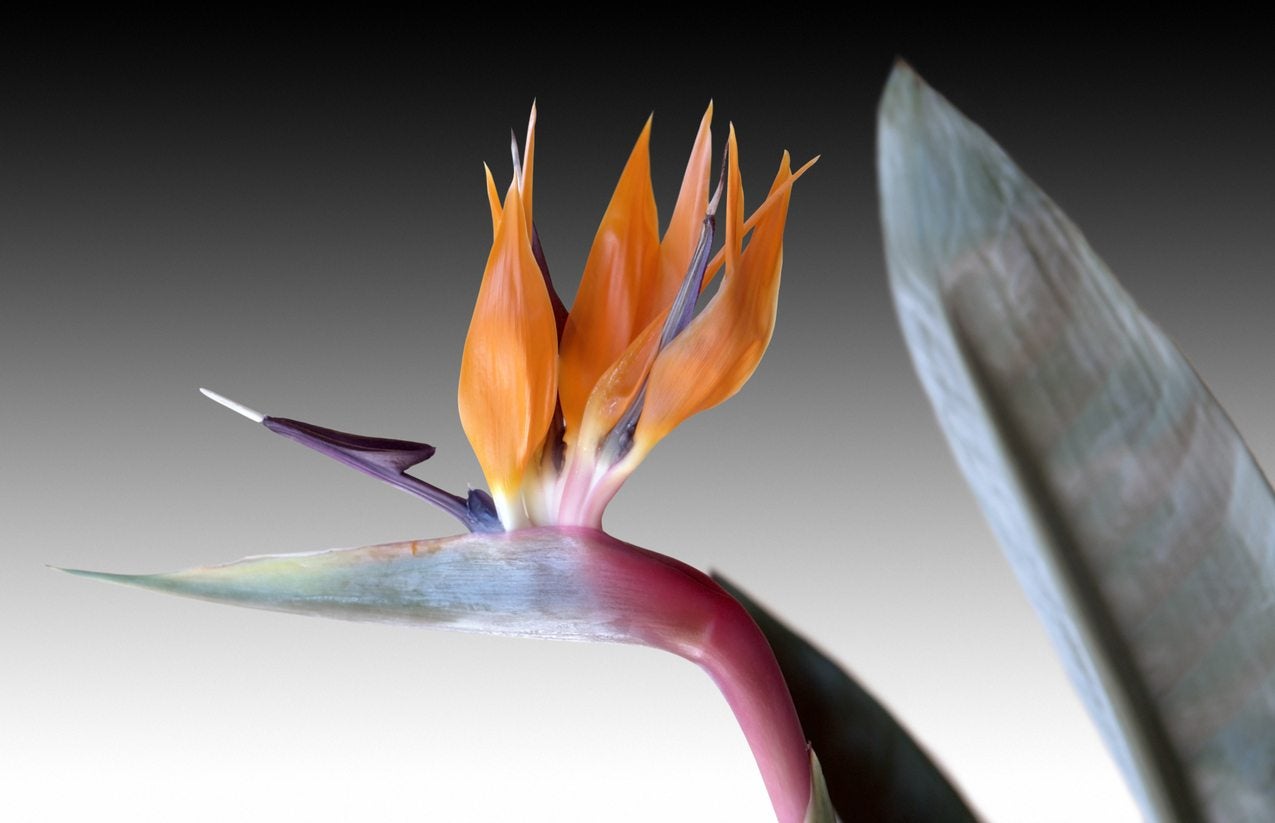Bird Of Paradise Disease Treatment – Controlling Bird Of Paradise Plant Diseases


Bird of paradise, also known as Strelitzia, is a beautiful and truly unique looking plant. A close relative of the banana, the bird of paradise gets its name from its splayed, brightly colored, pointed flowers that look a lot like a bird in flight. It’s a striking plant, so it can be a real blow when it falls victim to a disease and stops looking its best. Keep reading to learn more about common diseases on bird of paradise plants and methods of bird of paradise disease treatment.
Common Strelitzia Diseases
As a rule, bird of paradise diseases are few and far between. That doesn’t mean the plant is disease free, of course. The most common disease is root rot. This tends to crop up when the roots of the plant are allowed to sit in water or soggy soil for too long, and it can usually be avoided by letting the soil dry out between waterings. Really, though, root rot is a fungus that is carried on seeds. If you’re starting a bird of paradise from seed, the Cooperative Extension Service at the University of Hawaii at Manoa recommends soaking the seeds for one day in room temperature water, then for half an hour in 135 degrees F. (57 C.) water. This process should kill the fungus. Since most gardeners aren’t starting from seed, however, simply keeping water in check is a more practical bird of paradise disease treatment method. Other bird of paradise plant diseases include leaf blight. In fact, it’s another common cause behind ailing bird of paradise plants. It manifests itself as white spots on the leaves surrounded by a ring in a shade of green different from that of the plant. Leaf blight can usually be treated by an application of fungicide to the soil. Bacterial wilt causes the leaves to turn light green or yellow, wilt, and fall off. It can usually be prevented by keeping the soil well drained and can be treated with an application of fungicide as well.
Sign up for the Gardening Know How newsletter today and receive a free copy of our e-book "How to Grow Delicious Tomatoes".

The only child of a horticulturist and an English teacher, Liz Baessler was destined to become a gardening editor. She has been with Gardening Know how since 2015, and a Senior Editor since 2020. She holds a BA in English from Brandeis University and an MA in English from the University of Geneva, Switzerland. After years of gardening in containers and community garden plots, she finally has a backyard of her own, which she is systematically filling with vegetables and flowers.